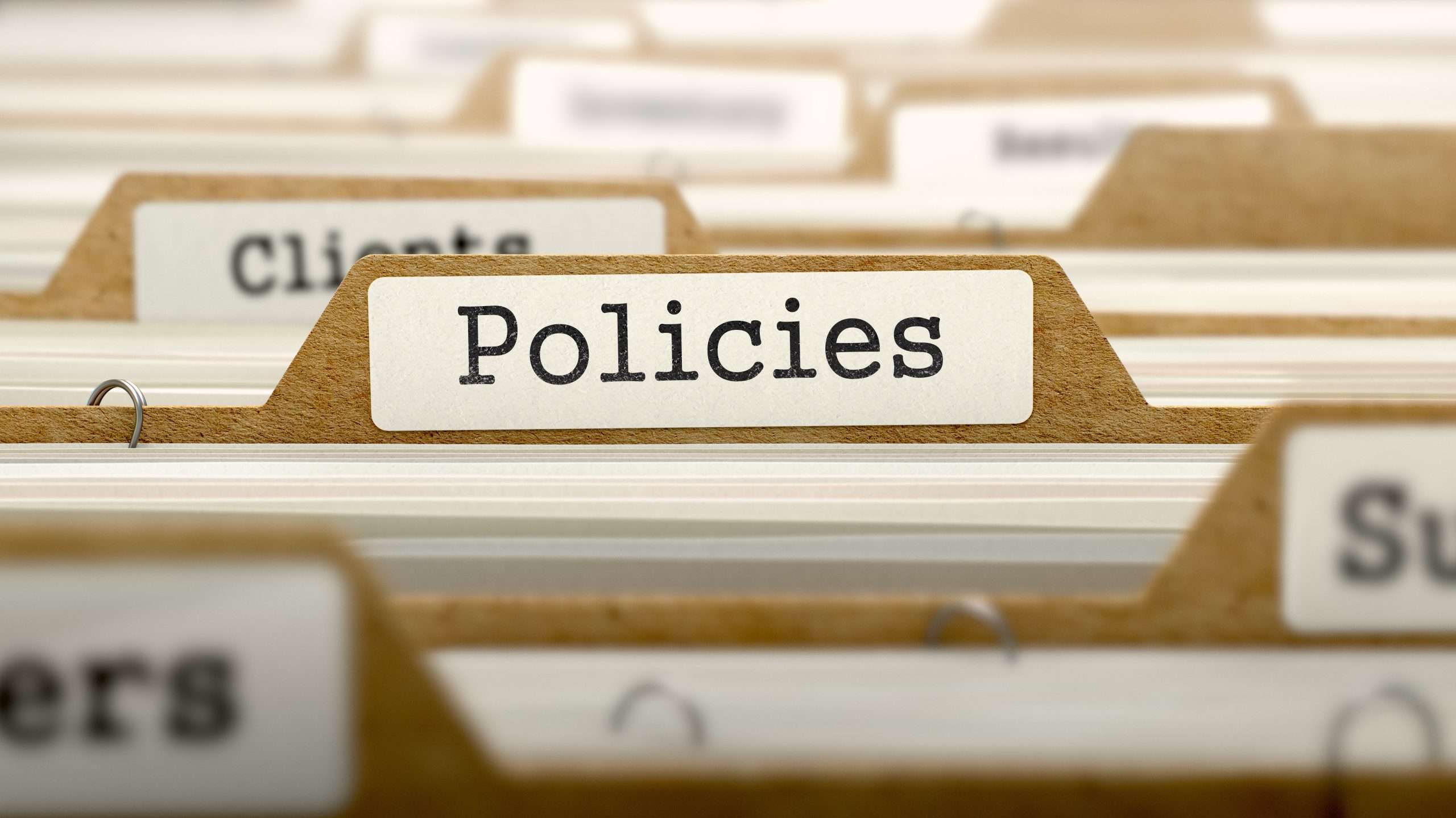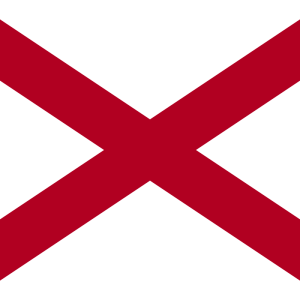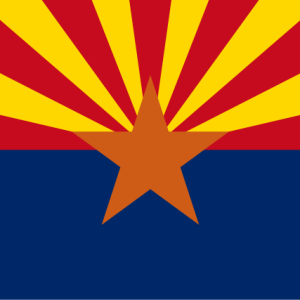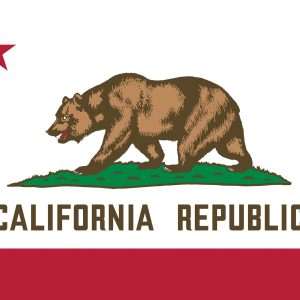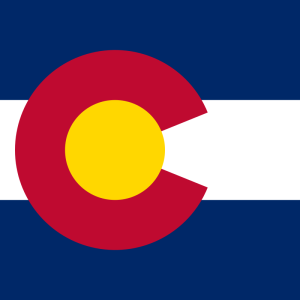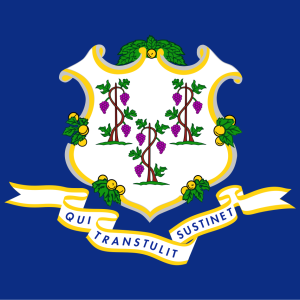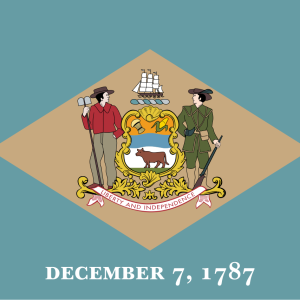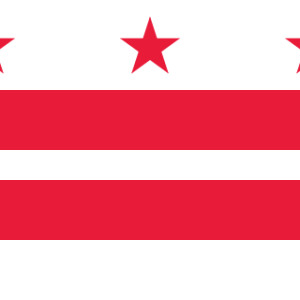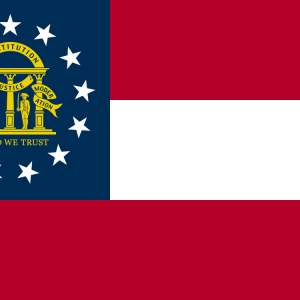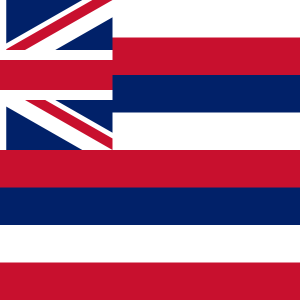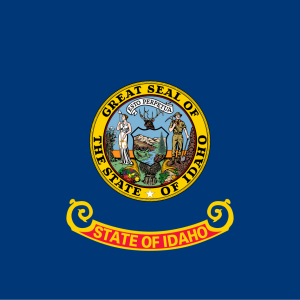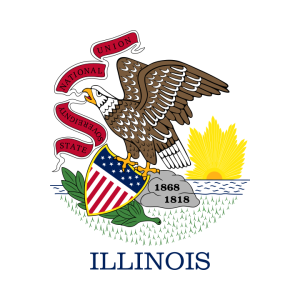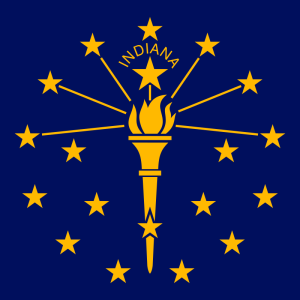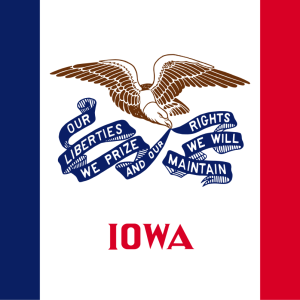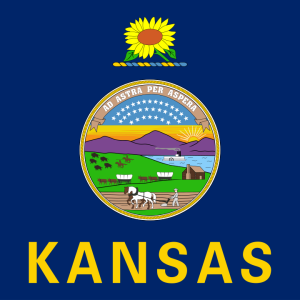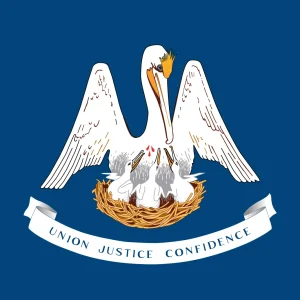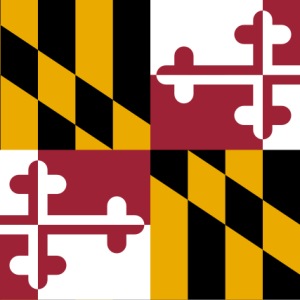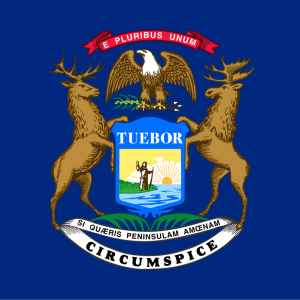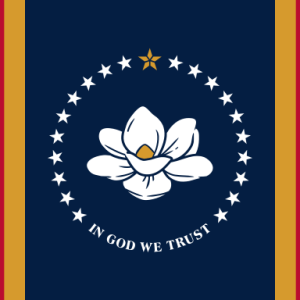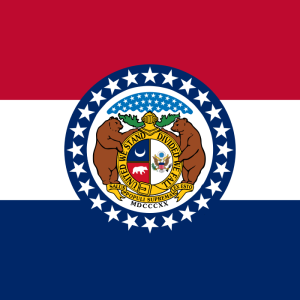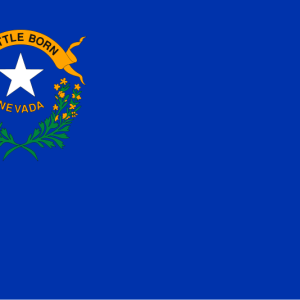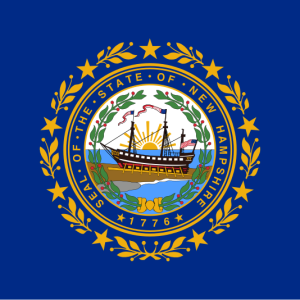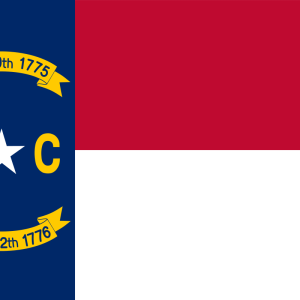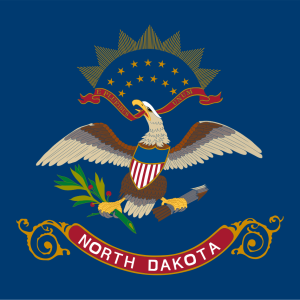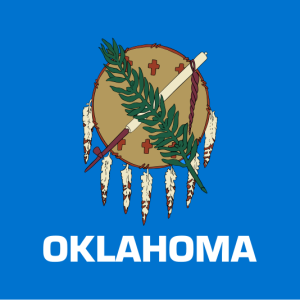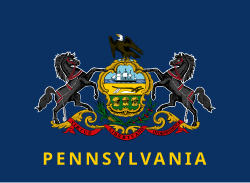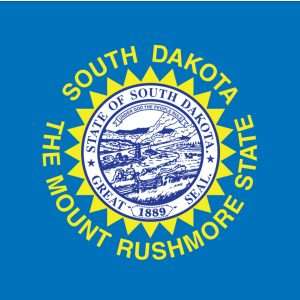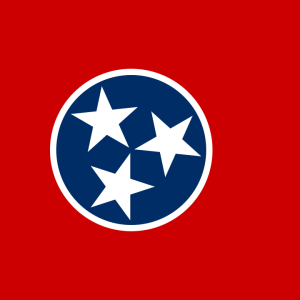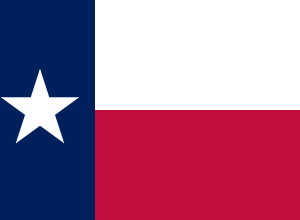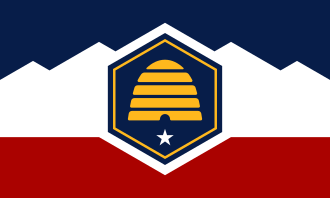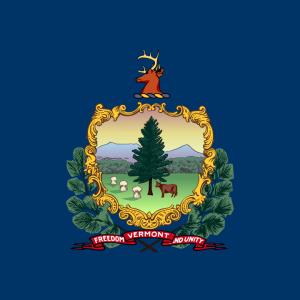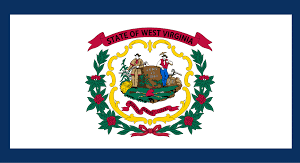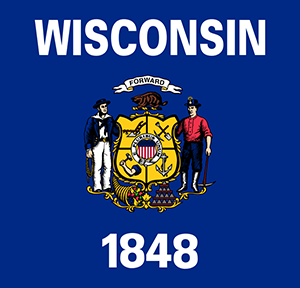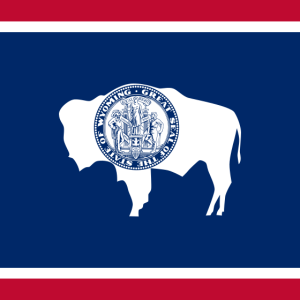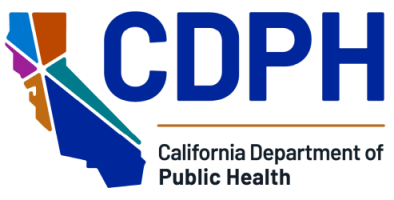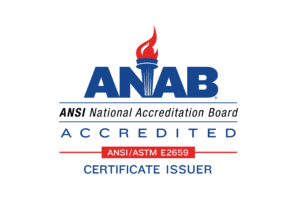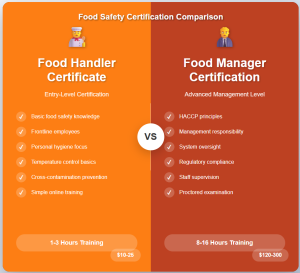Accredited
Print Certificate When Done
California Food Handler Card
Accredited and approved in the State of California
- 100% online and mobile-friendly!
- Most users finish within 75 minutes
- Print, save, or share your certificate immediately after passing
- No hidden fees
Warning: This course does not satisfy the requirements for the counties of Riverside, San Bernardino, and San Diego.
Original price was: $15.00.$10.00Current price is: $10.00.

This food handler certificate program is accredited by the ANSI National Accreditation Board (ANAB) and is governed by the Food Handler Certificate Policies and Procedures.
California Food Handler Card Details
Course Information
Course Details
Course Length: 75 minutes
Languages Available: English
Trip to Health Department Required?: No
Certificate/Card Length of Validity: 3 years
Test Details
Test Format: Multiple Choice
Number of Questions: 40
Test Attempts: 2
Passing Score: 70%
Learning Objectives and Learning Outcomes
Learning Objectives
After successful completion of this course you should know:
Protect customers from germs spread from people to food by correctly handwashing, reporting illness symptoms, and following other hygiene practices.
Limit bacteria growth in food by controlling time and temperature and avoiding cross-contamination.
Identify major food allergens and communicate effectively with stakeholders.
Correctly clean and sanitize food contact surfaces while preventing chemical contamination of food.
Reduce the spread of dangerous germs from pests by preventing their entrance into the workplace and correctly identifying and reporting signs of infestation.
Learning Outcomes
After successfully completing this course you will be able to:
Identify which illness symptoms, diagnoses, or conditions require them to notify a food manager prior to working with food.
Determine when and where to wash hands before working with food.
Identify major food allergens and communicate effectively with stakeholders.
Identify correct behaviors or practices for protecting food from physical or biological hazards originating from the food worker's own body.
Identify correct practices for preventing cross-contamination.
Identify correct practices for protecting food from time and temperature abuse throughout the flow of food.
Given a list of ingredients or food items, determine which is a considered a major food allergen by the FDA.
Identify correct practices for preventing allergen cross-contact throughout the flow of food.
Identify correct practices for protecting food from contamination originating from customers.
Determine when, where, and how to properly clean and sanitize equipment, ware items, and food contact surfaces.
Identify correct practices for using and storing chemicals to prevent chemical contamination of food or food contact surfaces.
Identify correct practices for preventing contamination originating from pests and other animals.
Approval and Accreditation Information
Approval Information
Approving Body: California Department of Public Health
License Number (if applicable):
Approval Documentation:
Regulations:
California Health & Safety Code
California SB 303 Food Handler
California SB 602 Food Handler
California SB 476 Food Handler
Accreditation Information
Accredited: Yes, this course is accredited by the ANSI National Accreditation Board
Accreditation Documentation:
FAQs
FAQs on Food Handler Training in California
NOTE: FENIXFOODSAFETY IS CURRENTLY IN THE PROCESS OF ACCREDITATION
1. What is a California Food Handler Card, and who needs one?
A California Food Handler Card is a certificate required for most food service workers who handle unpackaged food, food equipment, utensils, or food-contact surfaces. This includes cooks, servers, dishwashers, bartenders, and others in restaurants, bars, bakeries, delis, and similar establishments. Per the California Retail Food Code (CalCode), food handlers must obtain the card within 30 days of hire unless exempt (see exemptions below).
2. Who is exempt from needing a Food Handler Card?
Exemptions include:
-
Workers in temporary food facilities, certified farmers’ markets, or community events (unless required by local health departments).
-
Employees handling only pre-packaged food or non-potentially hazardous beverages.
-
Workers in grocery stores, bars serving only drinks, or facilities like jails and schools (unless handling unpackaged food).
-
Volunteers, certain child care workers, or employees with a valid Food Safety Manager Certificate. Some counties, like Riverside, San Bernardino, and San Diego, have additional local requirements or exemptions.
3. How do I get a California Food Handler Card?
To obtain a card, you must:
-
Complete a training course from an ANSI National Accreditation Board (ANAB) accredited provider approved by the California Department of Public Health (CDPH).
-
Pass an exam with a score of at least 70%.
-
Receive your Food Handler Card, typically downloadable immediately after passing. The card is issued electronically and does not require mailing.
4. Can I take the food handler training online?
Yes, California allows online training from ANAB-accredited providers such as FenixFoodSafety or ServSafe. Ensure the provider is approved for California to avoid non-compliant courses.
5. How long is the Food Handler Card valid?
The card is valid for three years from the date of issuance. You must retake the training and pass the exam to renew it before or shortly after expiration.
6. How long does the training take?
Training typically takes 1.5 to 2 hours, depending on the provider. Online courses allow you to complete the training at your own pace. For example, FenixFoodSafety’s course averages 75 minutes, while ServSafe’s may take slightly longer.
7. What does the food handler training cover?
The training covers essential food safety topics, including:
-
Personal hygiene and handwashing.
-
Preventing cross-contamination and allergen management.
-
Safe food storage, preparation, and temperature control.
-
Cleaning and sanitizing procedures.
-
California-specific food safety regulations under CalCode.
-
Recognizing and preventing foodborne illnesses.
8. How much does the training cost?
Costs vary and can be as much as $22, depending on the provider. For example, FenixFoodSafety costs $10, but you get a discount if you use the code IGNITE. Other companies like StateFoodSafety charge an extra administrative fee or try to get you to buy printed products. Always verify the provider is ANAB-accredited.
9. What happens if I fail the exam?
You need a minimum score of 70% to pass. Most providers allow multiple attempts (typically two or three) within a set period. If you fail all attempts, you may need to repurchase the course or contact the provider for additional options.
10. What if I lose my Food Handler Card or need a replacement?
Since cards are issued electronically, you can usually log back into the training provider’s website to download or print a copy. Some providers, like FenixFoodSafety allow free reprints. Contact the provider’s customer support if you encounter issues.
11. Is the California Food Handler Card valid statewide?
Yes, a card from an ANAB-accredited provider is valid throughout California. However, Riverside, San Bernardino, and San Diego counties have county-specific programs, and cards from those counties are only valid within their respective jurisdictions. If you work in multiple counties, check local requirements.
12. What if I haven’t received my Food Handler Card after completing the course?
Since cards are typically issued electronically upon passing, you should be able to download them immediately. If you don’t receive your card or encounter issues, contact the training provider’s customer support. For county-specific programs (e.g., Riverside), contact the local health department.
13. Can I use a food handler card from another state in California?
No, California requires a California-specific Food Handler Card from an ANAB-accredited provider or a county-specific program. Out-of-state cards are not accepted.
14. Where can I find a list of approved training providers?
The California Department of Public Health does not publish a centralized list, but ANAB-accredited providers are listed on the ANAB website. Verify the provider’s accreditation on their website or through ANAB’s database. For Riverside, San Bernardino, or San Diego counties, contact the local health department for approved programs.
15. What are the requirements for employers?
Employers must:
-
Ensure employees obtain a Food Handler Card within 30 days of hire.
-
Maintain records of valid cards for all food handlers.
-
Provide access to training if offering in-house programs (must still be ANAB-accredited).
-
Comply with local health department inspections, which may verify card status.
17. Are there additional requirements in specific counties?
Yes, Riverside, San Bernardino, and San Diego counties have their own food handler programs:
-
Riverside County: Requires a county-specific card, obtainable only through their program (online or in-person).
-
San Bernardino County: Similar county-specific requirements, with training through their Environmental Health Services.
-
San Diego County: Requires a county-issued card for certain food facilities, with training provided locally. Cards from these counties are not valid outside their jurisdictions, and state-issued cards may not be accepted in these counties.
For more information, visit the California Department of Public Health website or contact your local health department. For county-specific programs, check with Riverside County Environmental Health, San Bernardino County Public Health, or San Diego County Food Safety Program.
California Relevant Information/Resources
Policy Center
View all accreditation and company related policies
